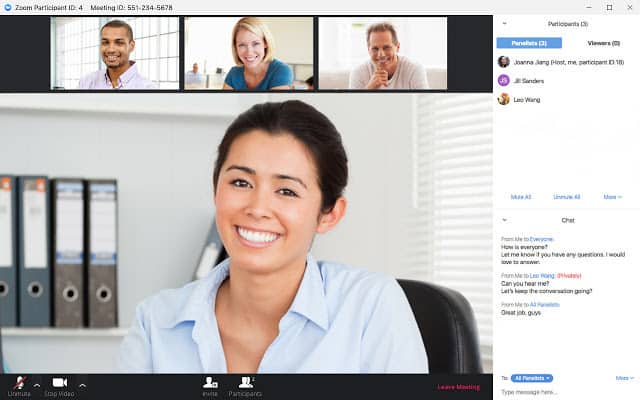
If there is no INVITE message then the field is populated with the date and time of the first relevant SIP message (BYE, CANCEL, MESSAGE, or INFO). This field is typically populated by data generated from the initial INVITE message in the session. Whether User2 is logged on from internal or not. Whether User1 is logged on from internal or not.

See the EdgeServers table in Skype for Business Server 2015 for more information. See the EdgeServers table in Skype for Business Server 2015 for more information.Įdge Server used by User2. See the ClientVersions table in Skype for Business Server 2015 for more information.Įdge Server used by User1. See the ClientVersions table in Skype for Business Server 2015 for more information.Ĭlient version used by User2. See the ContentTypes table in Skype for Business Server 2015 for more information.Ĭlient version used by User1. See the Pools table for more information.Ĭontent type used in the session. ID of the pool in which the session was captured. See the Servers table for more information. ID of the front-end server used for this session. See the Users table for more information. ID of the user by who the call is referred.

Indicates the ID of the user of who the caller is on behalf. see the Users table for more information. The original To user URI in the SIP request. This field was introduced in Microsoft Lync Server 2013. GUID that identifies the endpoint used by the second user in the session. GUID that identifies the endpoint used by the first user in the session. See the Dialogs table in Skype for Business Server 2015 for more information. Used in conjunction with ReplacesDialogIdTime to uniquely identify a session that is replaced by this session.

ID number to identify the dialog which was replaced by current session. Used in conjunction with SessionIdTime to uniquely identify a session.* See the Dialogs table in Skype for Business Server 2015 for more information. Used in conjunction with SessionIdSeq to uniquely identify a session. Note that the IsUser1IntegratedWithDeskPhone and the IsUser2IntegratedWithDeskPhone fields have been dropped from the SessionDetails table used in Skype for Business Server 2015. You can perform a table join with the Media table to find the details of each media involved in this session.
:max_bytes(150000):strip_icc()/001-organize-conference-calls-with-skype-3426278-edf003db8802437fa3db696a8d278508.jpg)
Each record represents one peer-to-peer session, which could be a VoIP-VoIP phone call, two-party IM session, or other type of session.


 0 kommentar(er)
0 kommentar(er)
